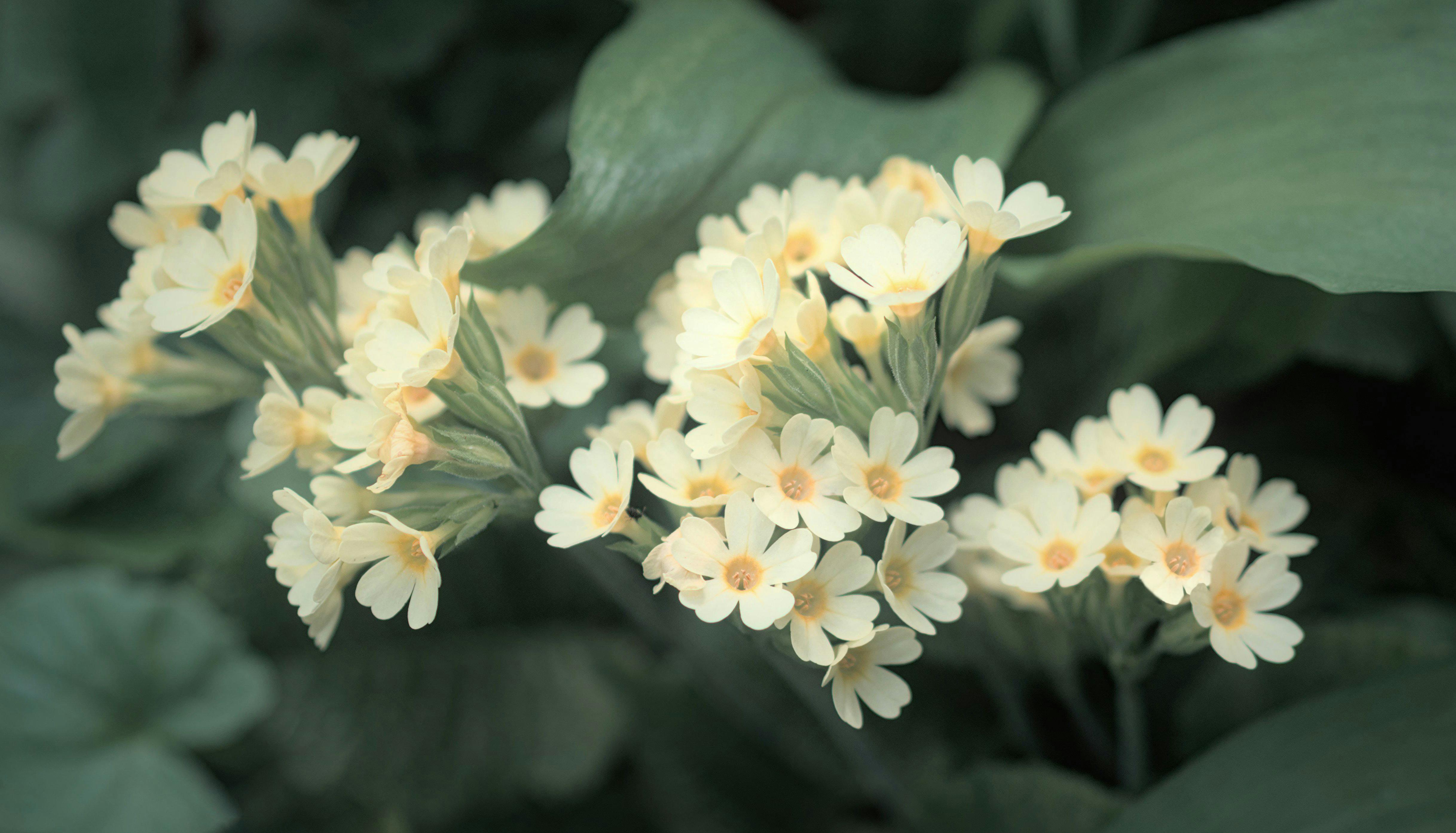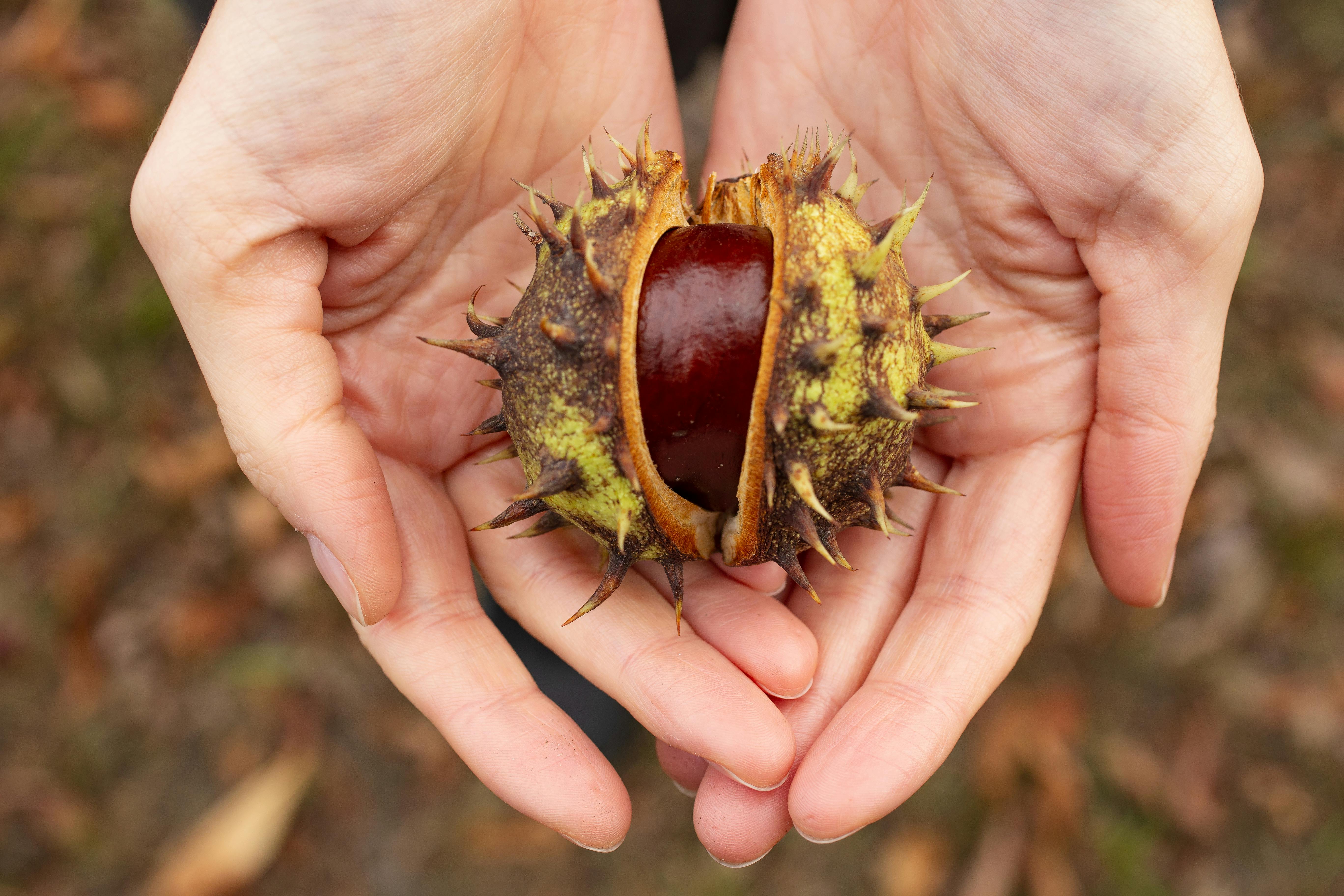Mr. Gardener: Your Ultimate Guide to Gardening Success
Understanding the Basics of Gardening
Gardening is a rewarding activity that connects you with nature while providing fresh produce and beautiful landscapes. To succeed in gardening, it is important to grasp the fundamental concepts, such as soil health, plant selection, and climate considerations. Soil is the foundation of any garden, requiring attention to its pH levels, nutrients, and drainage capabilities. Likewise, understanding the best plants for your area’s climate and soil type maximizes your chances of gardening success. For novice gardeners, starting with resilient plants can be a great way to build confidence.

Soil Composition and Preparation
The cornerstone of a thriving garden is rich, healthy soil. Gardeners should analyze their soil’s composition to determine its pH levels and nutrient profile. Adding organic materials, such as compost, can drastically improve soil quality. When preparing your garden bed, ensure that you aerate the soil properly, which allows for better root development and drainage. A soil test kit can be a valuable tool in measuring your soil’s capabilities and ensuring you provide your plants with what they need to thrive.
Selecting the Right Plants
Choosing plants that suit your local climate and soil type is crucial for gardening success. Consider starting with native species, as they often thrive in your local conditions without requiring excessive care. It’s also beneficial to understand the growing seasons for various plants. For instance, cold-weather crops like kale and carrots can be planted earlier in the season, while warmer crops like tomatoes and peppers should wait until the last frost has passed. Researching your choices can lead to a bountiful harvest.
Best Practices for Garden Care
To maintain a flourishing garden, regular care is necessary. This includes watering, weeding, and pest management. Begin with a consistent watering schedule, ideally in the morning, to reduce evaporation. Mulching can help retain soil moisture while also suppressing weeds. Moreover, keeping an eye out for pests and diseases will help you take action before they wreak havoc on your plants. The use of integrated pest management techniques can be beneficial in minimizing chemical usage while maintaining plant health.
With the right preparation, selection, and care, anyone can cultivate a successful garden. Transitioning to the next topic, let’s explore various gardening styles and techniques that can enhance your gardening experience.
Exploring Different Gardening Techniques
There are various gardening techniques available to suit different preferences, spaces, and objectives. Choosing a gardening style that aligns with your space and needs can make the experience more enjoyable and successful. Whether it is container gardening, raised beds, or vertical gardens, each method has unique advantages and challenges. In this section, we will delve into these popular gardening techniques to help you find one that best suits your lifestyle.

Container Gardening
Container gardening has gained popularity due to its versatility and space-saving capabilities. Ideal for urban environments where garden space is limited, it allows you to cultivate a variety of plants in pots, hanging baskets, or even recycled containers. This method provides better control over soil quality and makes it easier to manage plant care. With the right choice of containers, you can grow herbs, flowers, or even vegetables on a balcony or porch.
Raised Bed Gardening
Raised bed gardening is another excellent technique for gardening enthusiasts. By elevating the garden bed, you can improve soil drainage and warmth, which can accelerate plant growth. The height also makes it easier to tend to plants without excessive bending, making it a great choice for people with mobility concerns. Additionally, using a controlled soil mix in raised beds allows for better nutrient management. This technique is especially helpful in locations with challenging soil conditions.
Vertical Gardening
Vertical gardening is a creative solution for maximizing limited space while adding visual interest. This technique involves growing plants upwards rather than outwards, which is ideal for small areas. Installing trellises, using wall-mounted planters, or repurposing old pallets can create stunning vertical gardens. Climbing plants, such as cucumbers, peas, and ornamental vines, thrive in this setup. Vertical gardens not only save space but also enhance air circulation among plants, often leading to healthier growth.
After exploring various gardening techniques, let’s delve into how to effectively manage garden pests and diseases in our next section.
Pest and Disease Management in the Garden
Managing pests and diseases in the garden is crucial for preserving plant health and ensuring a bountiful harvest. Understanding the common pests and diseases that affect your plants will help you take preventative steps and implement proper control measures. By embracing a proactive approach, such as recognizing signs of trouble early and employing integrated pest management strategies, you will minimize the impact on your garden.
Identifying Common Garden Pests
Many gardeners face challenges from pests such as aphids, caterpillars, and snails. Therefore, being able to identify these pests is essential in managing them effectively. Regularly monitoring your plants for signs of infestation can aid in early detection. For example, aphids are small and often found clustered on tender new growth, while caterpillars may leave visible holes in leaves. Knowing what to look for allows for quick intervention and keeps plants healthy.
Signs of Plant Diseases
Plant diseases can manifest in various ways, including discolored leaves, wilting, or stunted growth. It’s important to conduct regular inspections to identify any signs of distress. Fungal diseases, like powdery mildew, thrive in humid conditions, and recognizing their signs early can save your plants. Implementing crop rotation and mindful watering—such as watering the base of the plants instead of the leaves—can significantly reduce disease occurrence in your garden.
Integrated Pest Management Strategies
Integrated Pest Management (IPM) involves a combination of cultural, mechanical, biological, and chemical practices to manage pests in an eco-friendly way. For instance, encouraging beneficial insects, such as ladybugs, can help control aphid populations naturally. Using physical barriers, like row covers, can also prevent pests from reaching your plants. When necessary, selecting organic-approved pesticides minimizes the impact on beneficial insects and reduces harmful residues on your crops.
Overall, with diligent care and attention, you can protect your garden from pests and diseases effectively. In our final section, we will highlight some common gardening mistakes and how to avoid them.
Avoiding Common Gardening Mistakes
Even experienced gardeners make mistakes; however, learning from them can improve your gardening approach. Being aware of common pitfalls can help ensure a more successful gardening experience. This section will cover several frequent gardening errors and provide practical solutions for avoiding them.
Over or Under-Watering Plants
One of the most common mistakes gardeners make is improper watering. Overwatering can lead to root rot, while underwatering may cause plants to wilt and become stunted. It is essential to monitor soil moisture, utilizing a simple finger test—if the first inch of soil is dry, it’s time to water. Implementing a consistent watering schedule and investing in drip irrigation systems can assist in maintaining optimal moisture levels for your plants.
Ignoring Plant Spacing and Light Requirements
When planting a garden, it’s crucial to account for the space needs of each plant. Many gardeners pack their plants too closely, which can result in competition for nutrients and light, leading to poor growth. Researching the recommended spacing for each type of plant will allow for air circulation and healthy development. Similarly, consider the light requirements—some plants thrive in full sun, while others prefer shade, so aligning plant choices with their light needs is vital.
Neglecting Weeding and Maintenance
Regular weeding and garden maintenance are often overlooked but are essential components of successful gardening. Weeds compete with your plants for nutrients and water, inhibiting their growth and health. Setting aside a bit of time each week to inspect for weeds and other issues can save you a lot of time and effort later on. Utilizing mulch can significantly reduce weed growth while also helping with moisture retention.
By avoiding these common gardening mistakes, you can enhance your gardening success and create a thriving environment for your plants. To summarize, let’s review the key takeaways from this comprehensive guide on gardening.
Key Takeaways
- Understand soil health, plant selection, and appropriate care for successful gardening.
- Explore different gardening techniques like container gardening, raised beds, and vertical gardens.
- Implement effective pest and disease management through identification and integrated pest management strategies.
- Steer clear of common gardening mistakes such as improper watering, poor spacing, and neglecting weeding.
FAQ
1. What is the best soil type for gardening?
The best soil for gardening is a well-draining, loamy soil that retains moisture and provides essential nutrients. Amending garden beds with compost can improve soil texture and fertility, making it ideal for most plants.
2. How often should I fertilize my plants?
Typically, plants benefit from fertilization every 4 to 6 weeks during their growing season. The type of fertilizer—organic or synthetic—should be chosen based on plant needs and soil conditions.
3. Can I garden if I only have limited space?
Absolutely! Container gardening and vertical gardening are both excellent options for those with limited space. These methods allow you to grow a variety of plants in small areas.
4. What is the most common pest found in gardens?
Aphids are one of the most common pests found in home gardens. They feed on plant sap and can quickly multiply, but introducing beneficial insects can help control their population.
5. How do I fix overwatered plants?
To fix overwatered plants, you should first stop watering immediately and allow the soil to dry out. If root rot is suspected, remove the affected plants from their pots, trim away rotten roots, and replant in fresh, dry soil.
6. What are some signs of a healthy garden?
Signs of a healthy garden include vibrant leaves, robust growth, and an absence of significant pest infestations. Healthy plants will also produce abundant flowers and fruits, thriving in their environment.
7. How can I attract beneficial insects to my garden?
You can attract beneficial insects by planting a variety of flowering plants that provide nectar and pollen. Additionally, incorporating native plants can encourage local pollinators and predatory insects to thrive.
